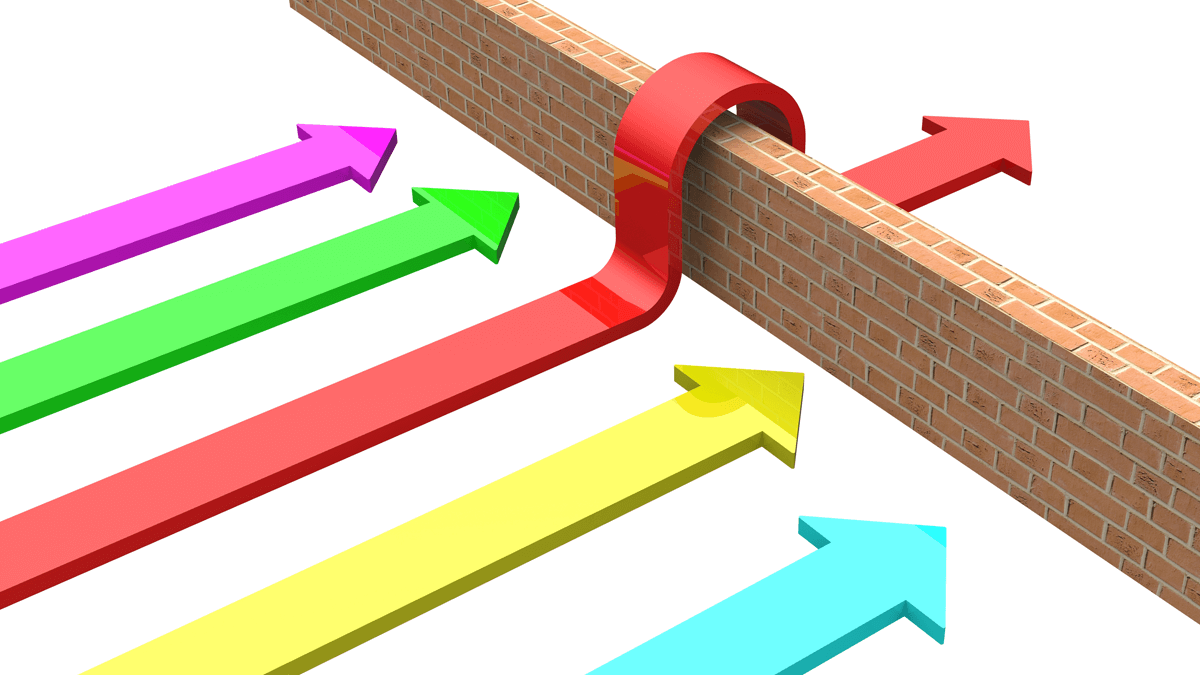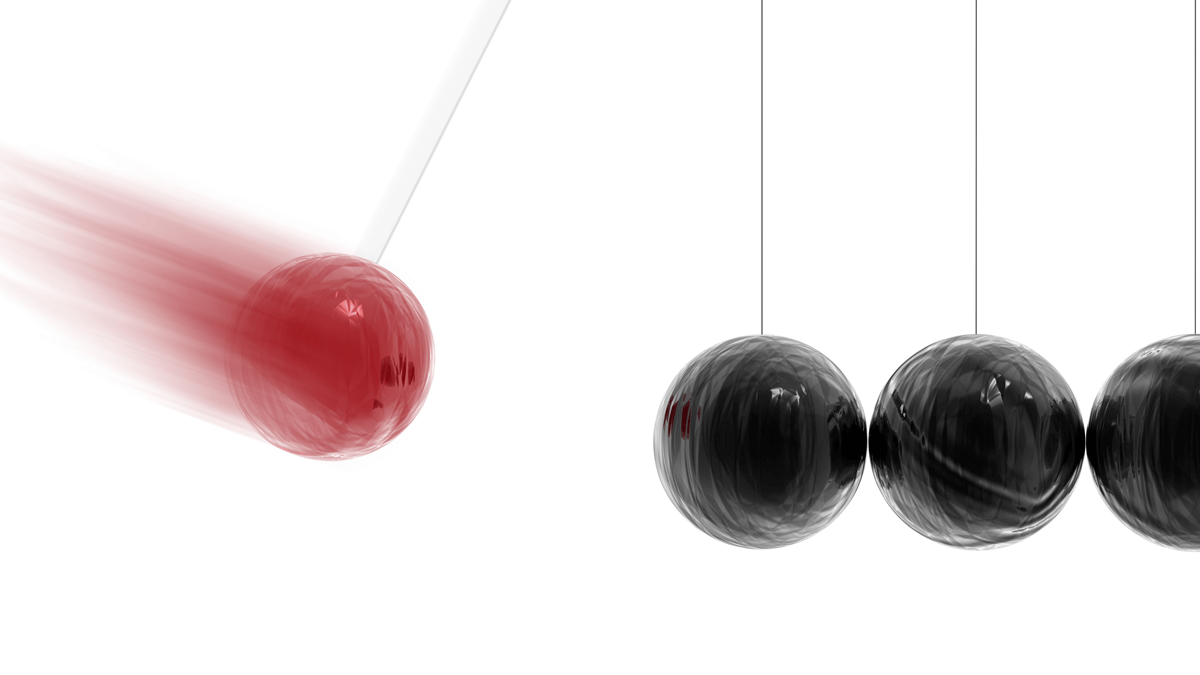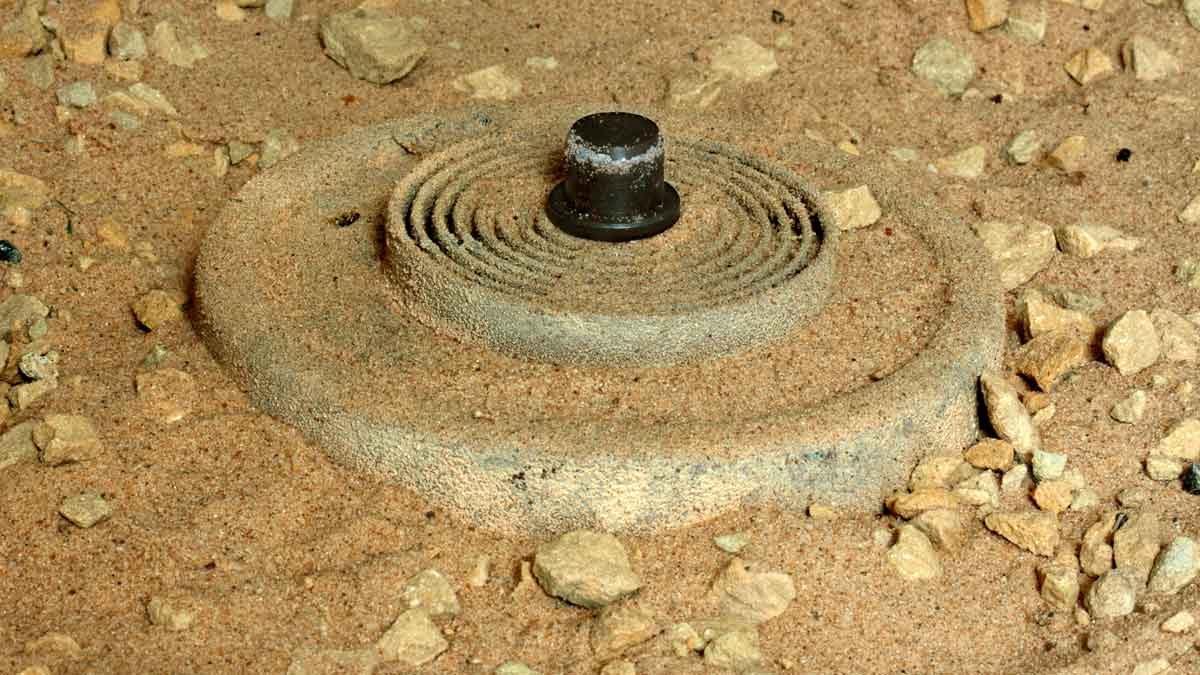Consider disruptors such as Amazon, Uber, Apple and Airbnb. If you make physical products, someone may “Amazon” you by surrounding their product with amazing services based on the internet-of-things and artificial intelligence. That’s just one example. Stop relying on Porter’s Five Forces (e.g. barriers to competition) to protect you, and begin thinking how you can be the disrupter, not the disruptee. Check out these free FutureScenes® trends sheets for idea-starters.
More in FutureScenes sheets at www.futurescenes.com
Are you Newton’s object continuing in the same direction and speed… or are you the force acting on the object? Your company may think it can keep doing what it’s always done. But if your competitors learn how to understand unmet customers’ needs first, they will be the force that changes your direction (down) and speed (slower)… in their favor. Inertia is not your friend. Learning and change are.
More in e-book, Leader’s Guide to B2B Organic Growth
On average, you and your competitors will grow at the same rate as the markets you serve. Don’t feel entitled to this. If a competitor develops a blockbuster, you’ll be happy to minimize your sales decline. Thinking otherwise is like 1970’s Detroit auto-makers assuming Japanese competitors would keep producing junk.
More in white paper, Catch the Innovation Wave (page 15).
These may be the same… or not. If you make welding machines, your customers’ alternatives may be mechanical fasteners or epoxy adhesive. When you have a choice between supplier-centric or customer-centric thinking, always choose the latter. Exploring customers’ alternatives passes this customer-centricity test.
More in article, Benchmarking for B2B Product Innovation
B2C employees (e.g. Apple engineers) are consumers themselves, so they have high typical customer insight… but low potential insight, since consumers can’t easily predict what will entertain them. The gap between typical and potential insight when serving knowledgeable B2B customers is much larger. This is your competitive edge if you close the gap before competitors.
More in white paper, Catch the Innovation Wave (page 13).
Some voice-of-customer experts recommend you exclude your salesforce from interviews because “they can sell but not listen.” True sales professionals are actually great listeners: You just need to reward them for listening. Strengthen listening and learning by your entire team, and you’ll out-perform competitors who side-line their sales pros when gathering market insights.
More in e-book, Reinventing VOC for B2B (page 24).
Professional interviewers can be helpful at times… but ultimately, customer insight skills are a competitive edge your company should own. Your B2B customers want to talk to the people who will innovate on their behalf… not some note-taking middle-men. And there’s nothing quite like hearing new customer insights first-hand, is there?
More in e-book, Reinventing VOC for B2B (page 23).
Sure, the most important practice is understanding customer needs. But most overlooked? Few suppliers ask customers 1) for the most important, unsatisfied outcomes, 2) what test methods measure these outcomes, and 3) how satisfied customers are by various test results. Without these questions, you cannot properly assess competing alternatives.
More in article, Four Steps Needed for New Product Differentiation (Originally published in B2B Organic Growth newsletter).
Well, isn’t that inspirational? Perhaps not… but remember you’re in a constant battle with competitors to innovate for customers. One of the best ways to tip the “efficiency” balance in your favor is to consistently learn when projects are unattractive… before competitors. Then decisively kill them so resources can be used for winning projects.
More in article, Are You Maximizing Your Profits?
For every job a customer does, there are dozens of potential outcomes… so diverge with customers to uncover far more than competitors. Then ask for 1-10 importance and satisfaction ratings so your R&D can converge on the important, unsatisfied outcomes… while competitors guess. I’d like to make this sound more complicated, but it’s not.
More in white paper, Timing is Everything (page 8).
A Landmine can kill your project… but who steps on a Landmine they can see? When you convert assumptions and questions into facts, you make landmines visible and therefore harmless. A Launchpad is an unexpected, high-value customer outcome. Discover these before competitors to develop solutions in a “competition-free zone.”
More in white paper, Innovating in Unfamiliar Markets (page 13).
Companies that want differentiated products often behave the same as competitors. They can’t say, “Our R&D staff is 20% smarter than competitors’, so our products usually win.” But they could win by understanding customer needs better than competitors… letting them “aim” their R&D brainpower much better. Be different to differentiate.
More in article, Do You Really Interview Customers?
You have to deliver important value that customers cannot get anywhere else to command a higher price. If customers can get this same value from just one other supplier, they’ll use it as leverage for lower pricing. So the difference between delivering new value and matching existing value is the difference between raising and lowering market pricing.
Download our Free white paper to discover how the Innovation Wave will differ from earlier Quality and Productivity Waves. Catch the Innovation Wave (page 8).
If you don’t ask customers the right questions, you can’t quantitatively assess their next best alternative. So you’ll have to guess at pricing. Guess too high and customers won’t buy. Guess too low and… well, customers will let it go this time. And you leave money on the table, perhaps for a decade or more.
Read more in this free white paper, Catch the Innovation Wave (page 12), which details how your company can improve customer value and experience a significant increase in sustainable organic growth.













